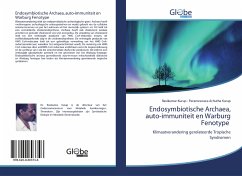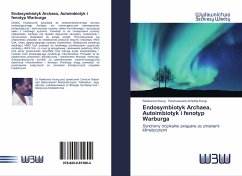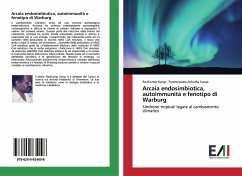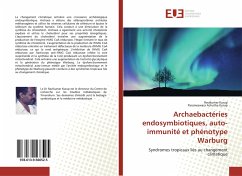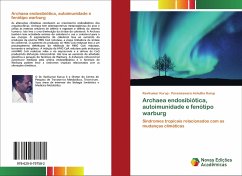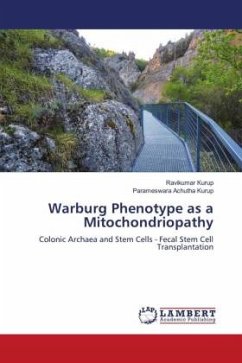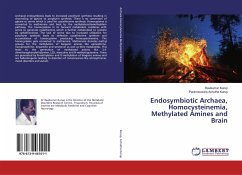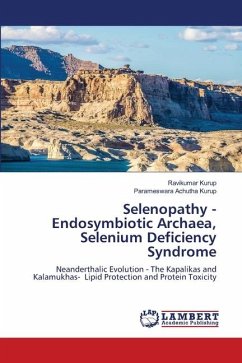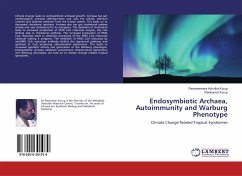
Endosymbiotic Archaea, Autoimmunity and Warburg Phenotype
Climate Change Related Tropical Syndromes
Versandkostenfrei!
Versandfertig in 6-10 Tagen
27,99 €
inkl. MwSt.

PAYBACK Punkte
14 °P sammeln!
Climate change leads to endosymbiotic archaeal growth. Archaea has got methanogenic archaeal selenoproteins and uses the cellular selenium reserves and depletes selenium from the human system. This leads on to decreased cholesterol synthesis. Archaea also has got cholesterol oxidase activity and uses cholesterol for its energetics. The depletion of cholesterol leads to increased production of HMG CoA reductase enzyme, the rate limiting step in cholesterol synthesis. The increased production of HMG CoA reductase leads to defective processing of the HMG CoA reductase molecule making it antigenic...
Climate change leads to endosymbiotic archaeal growth. Archaea has got methanogenic archaeal selenoproteins and uses the cellular selenium reserves and depletes selenium from the human system. This leads on to decreased cholesterol synthesis. Archaea also has got cholesterol oxidase activity and uses cholesterol for its energetics. The depletion of cholesterol leads to increased production of HMG CoA reductase enzyme, the rate limiting step in cholesterol synthesis. The increased production of HMG CoA reductase leads to defective processing of the HMG CoA reductase molecule making it antigenic. The inhibition of HMG CoA reductase by antiHMG CoA reductase antibody inhibits the isoprenoid pathway and synthesis of CoQ producing mitochondrial dysfunction. This leads to increased glycolytic activity and generation of the Warburg phenotype. Endosymbiotic archaea mediated autoimmune mitochondrial dysfunction and Warburg phenotype can lead on to climate change related tropical syndromes.



